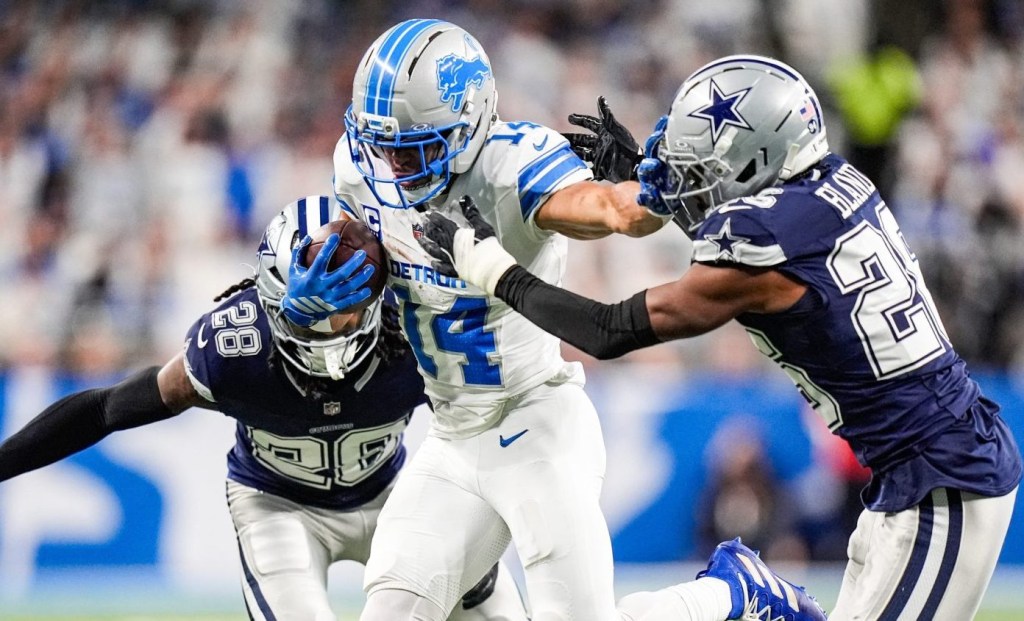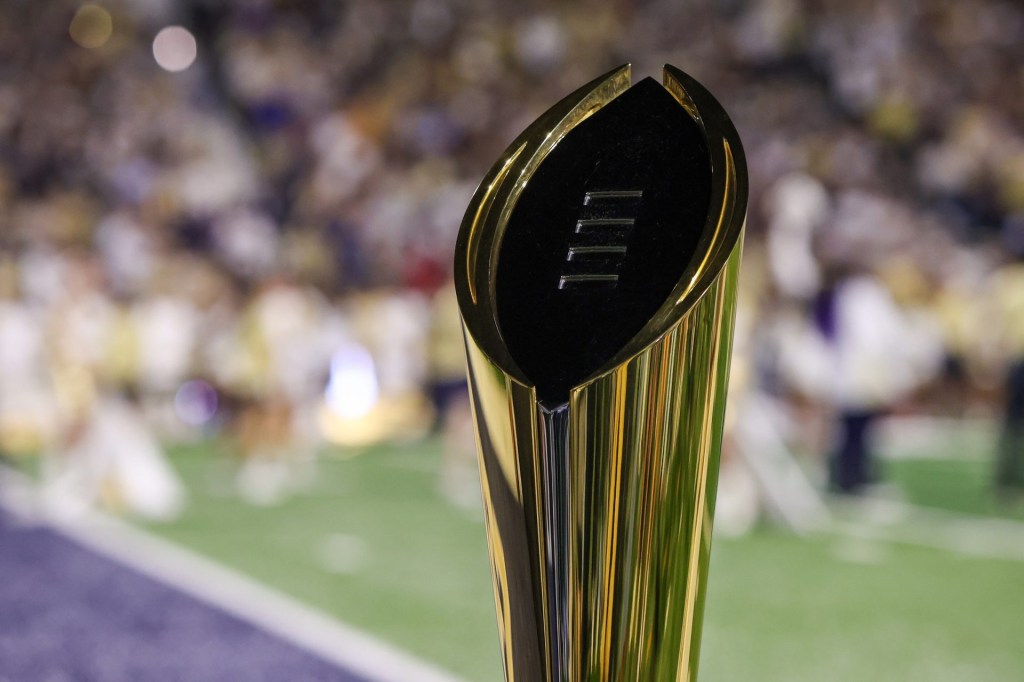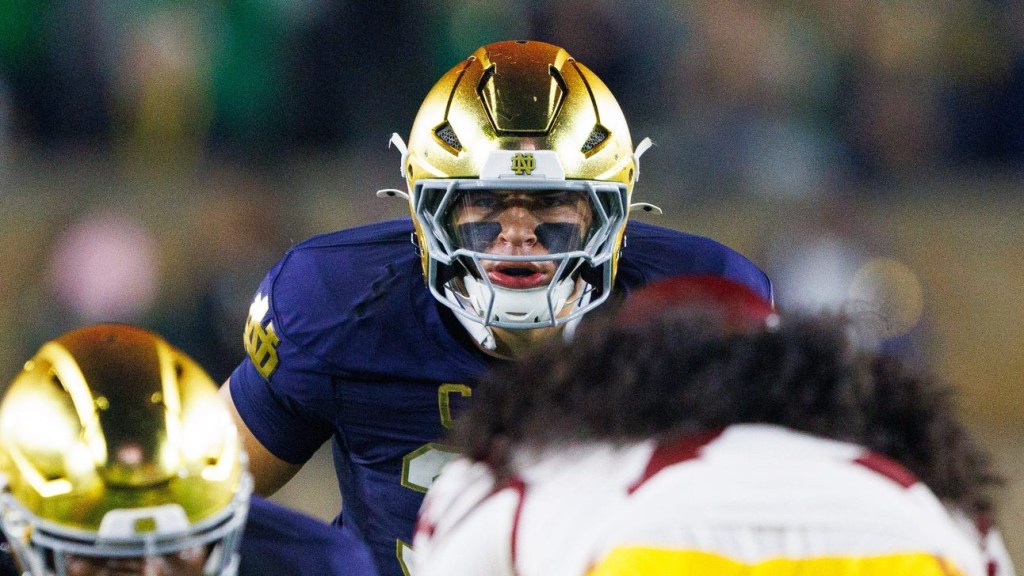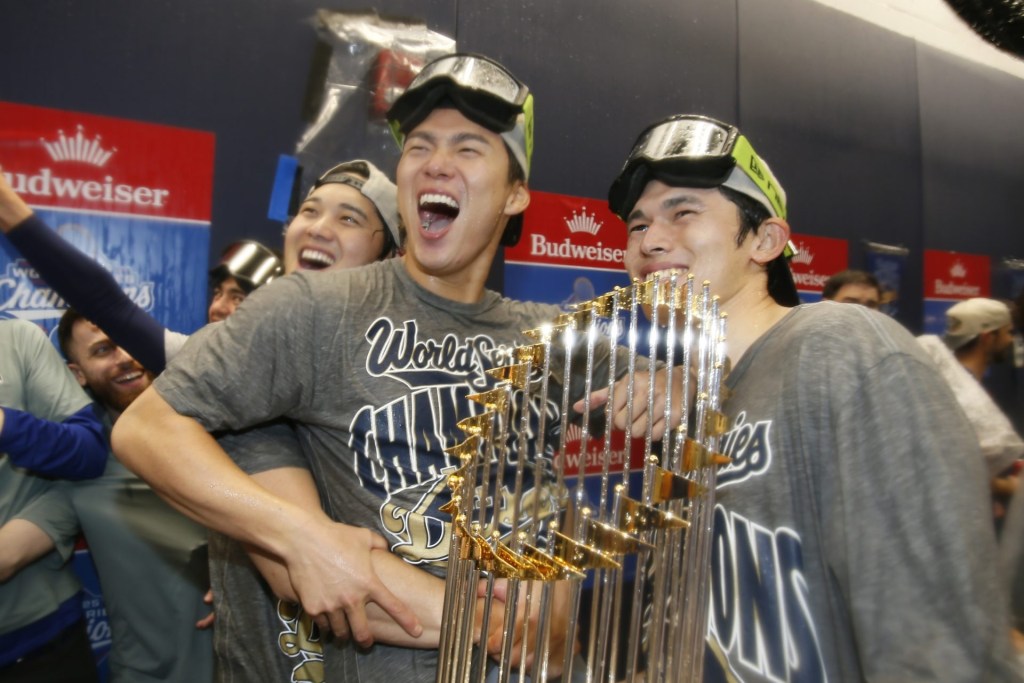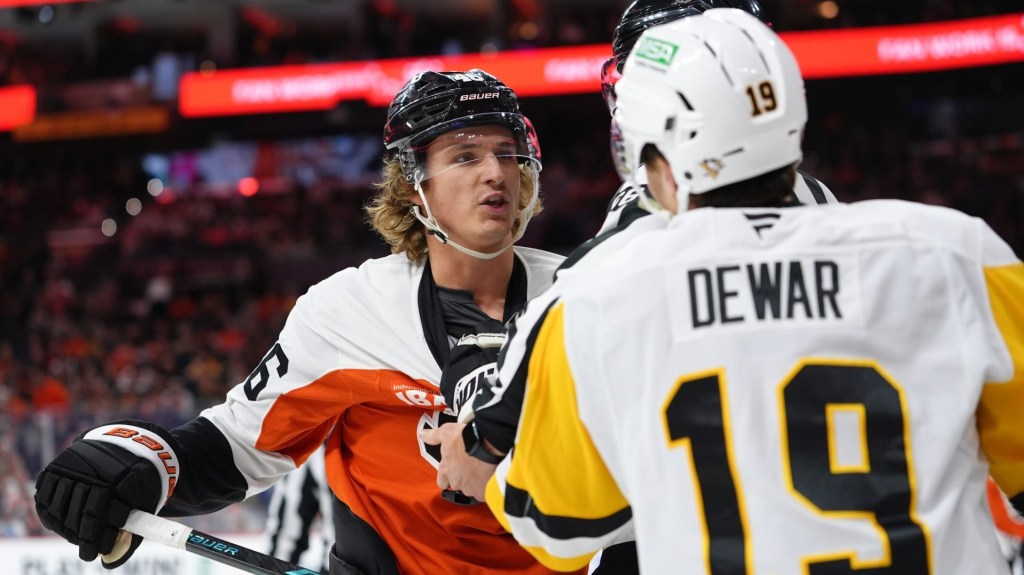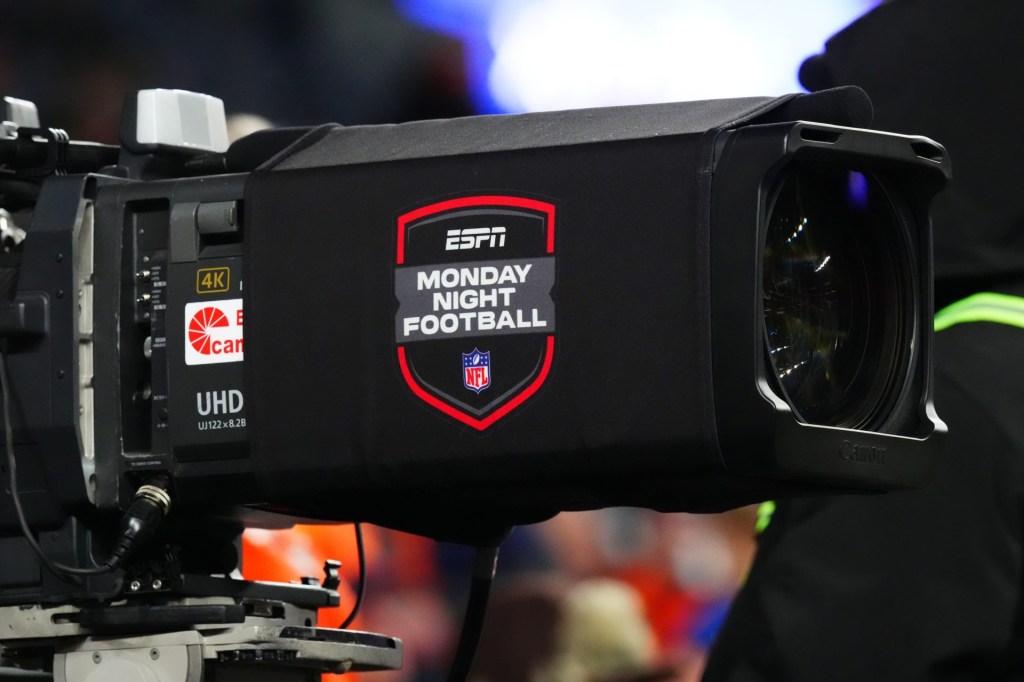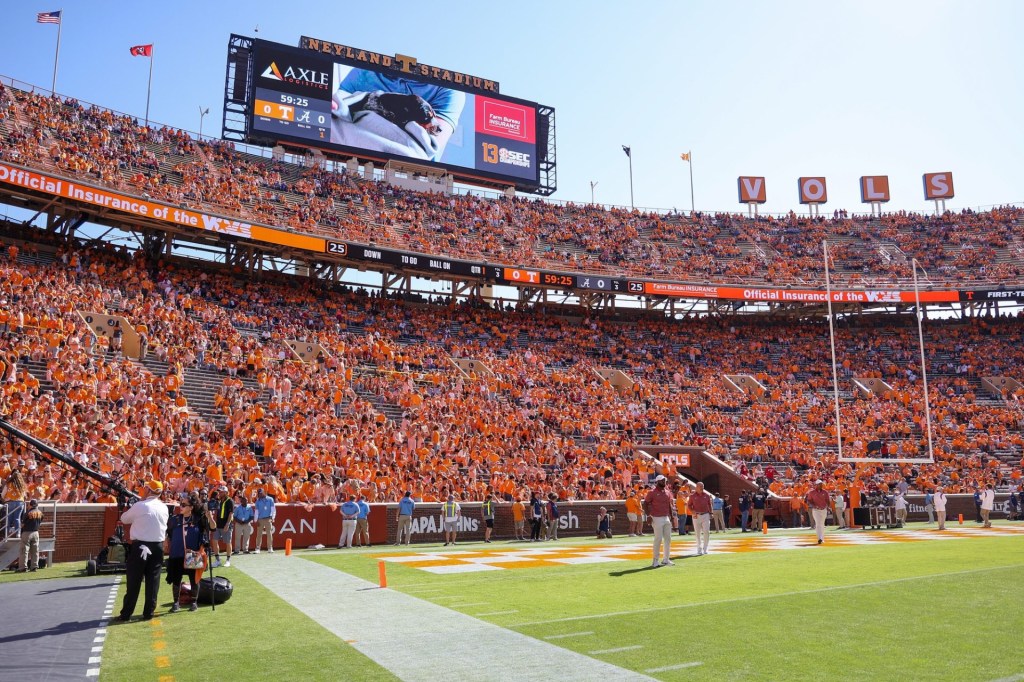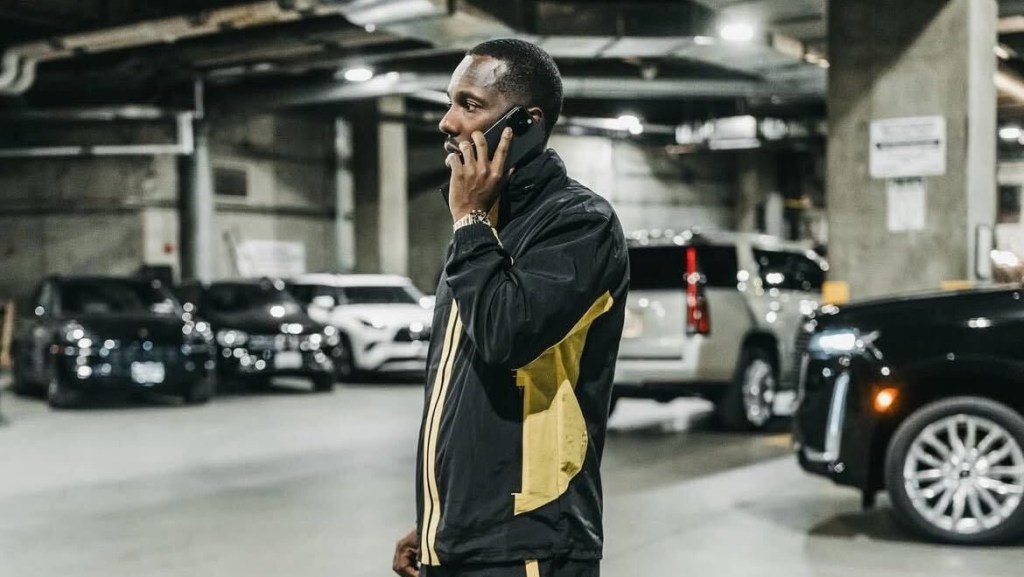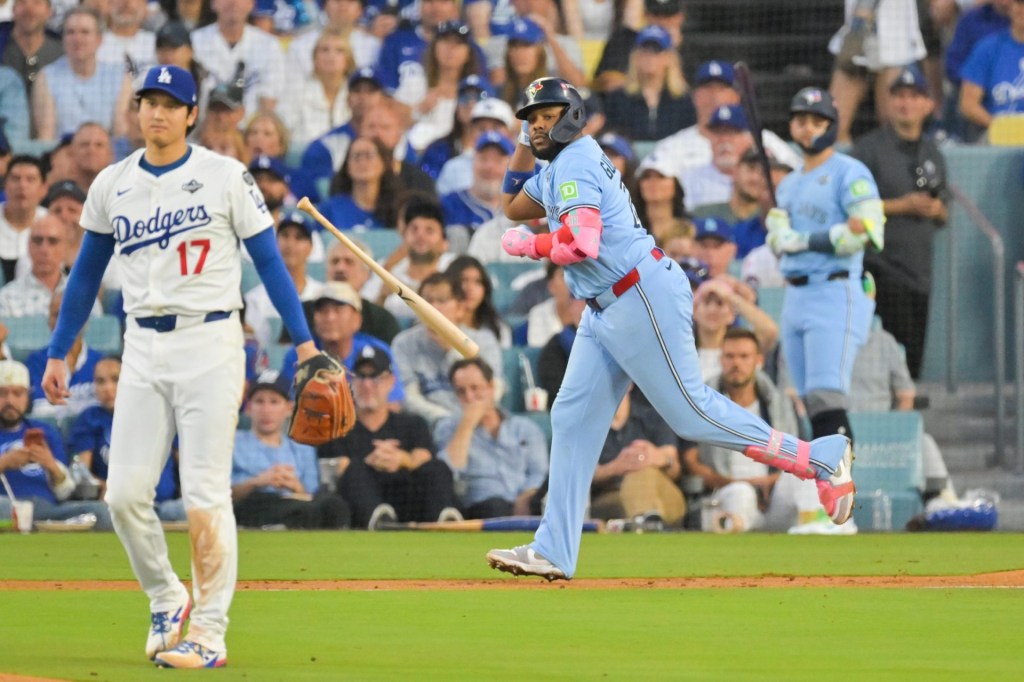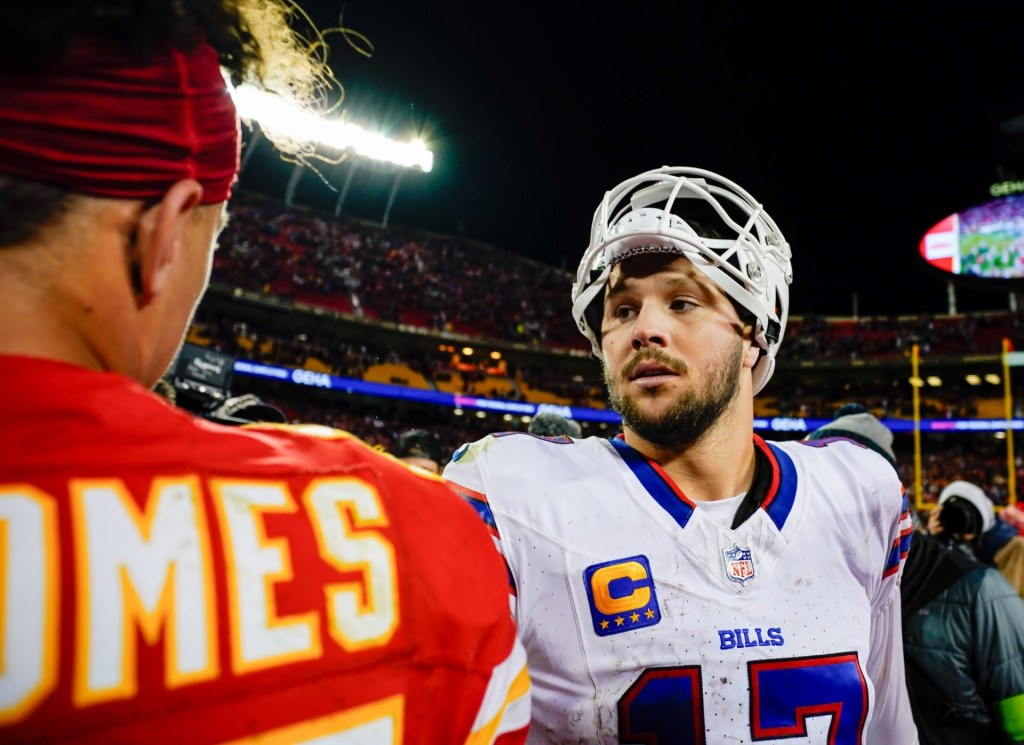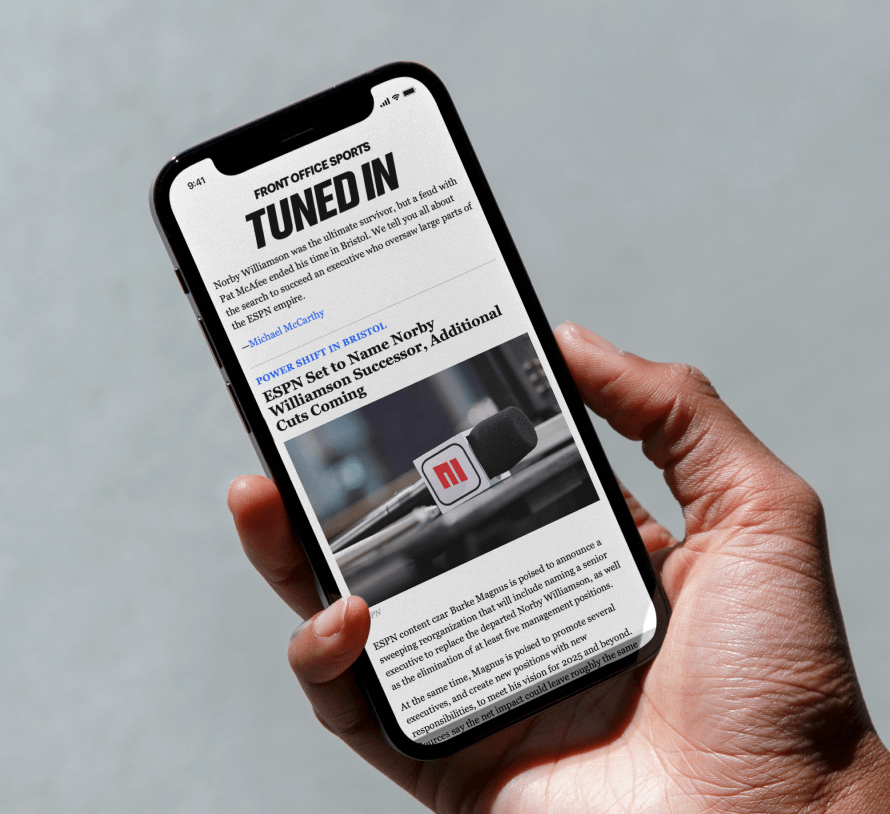Stephen A. Smith has spoken publicly about running for U.S. president and exploring other possible careers if he ever leaves ESPN. One of those options—a pivot to late-night TV host—is still plausible, even if the network talk-show model is decaying.
CBS’s cancellation of The Late Show With Stephen Colbert could mark the death rattle for the 75-year-old talk-show genre, which premiered in the 1950s, peaked with Johnny Carson and David Letterman in the ’80s and is now ruled by Colbert, ABC’s Jimmy Kimmel, NBC’s Jimmy Fallon, and Comedy Central’s Jon Stewart.
Smith guest-hosted fellow Disney star Kimmel’s late show with Snoop Dogg, Allyson Felix, and Nelly in 2021. He impressed critics, too. The featured commentator and executive producer of ESPN’s weekday morning powerhouse First Take told me last year he’d be “very interested” in succeeding Kimmel if his bosses at ESPN and Disney approved.
CBS’s shocking decision to shut down Colbert spurred Hollywood insider Matthew Belloni of Puck News to warn the “dam is bursting” for the formerly profitable late-night TV talk-show business. The economics for these shows don’t add up these days. As CBS Mornings cohost Tony Dokoupil warned this week: “The business is broken.”
Late-night talk shows went from cash cows only a few decades ago to money-losers with falling audiences in 2025. Colbert’s show was losing $40 million a year for CBS, said Belloni. The show itself cost $100 million annually to produce—with the star pocketing $15 million to $20 million. All this for an average audience of only 2.1 million viewers in June, down 32% from Colbert’s peak viewership of 3.1 million in 2017–18. With even the most loyal viewers able to watch the funniest clips the next day on digital platforms, these shows are no longer appointment TV.
Late night’s current kings such as Kimmel, Fallon, and Seth Meyers will likely be the last to host their shows in their current formats, Puck predicts. Now that CBS has bitten the bullet with Colbert, the other dominoes could fall rather quickly.
“So no, I wouldn’t sleep well tonight if I were Kimmel or Fallon, though both have larger digital footprints and do a lot more for their respective networks,” writes Belloni. “Fallon and Meyers have also been protected by Lorne Michaels, who produces both their shows, though I wonder if even Lorne might recognize that the 12:30 slot is increasingly not viable, and the sacred cows of television are being slaughtered, one by one.”
On the other hand, underestimating Smith is a fool’s game. After getting fired by ESPN in 2007, he’s rebounded to become the network’s highest-paid star, with a new $100 million contract worth $20 million per year. With his own production company already working on several Hollywood projects, Smith has the talent and money to call his own shots.
Smith is savvy enough to recognize that today’s late-night comedy shows will look much different in the future. Fox’s Greg Gutfeld has zoomed to the top of the heap with a leaner, meaner 10 p.m. show that eschews the fancy theaters and bloated writer rooms. The comedy talk shows of the future could look more like podcasts than 1970s TV shows. And they’re likely to live on YouTube, TikTok, and digital channels, not network TV. As Nate Silver warns: “The era of the late-night host as a broadly acceptable cultural focal point is as dead as Blockbuster Video.”
His friend Sean Hannity at Fox believes Smith’s brand of sports and humor could save late-night. “Kimmel keeps saying late-night television is going away,” Hannity told Smith on his Fox Nation series. “I think you could save it, and I’ll tell you why. Because one night you would have on Robert De Niro, who hates [Donald] Trump. The next night you’d put on me or the great one, [political commentator] Mark Levin, and you’d let us all talk. And you’re funny naturally and then they’d have 30 writers that make you funnier.”
Melding sports with politics and topical humor is a tall order, given the quick flameout of other hybrid late-night shows such as Bill Simmons’s Any Given Wednesday and Joe Buck’s Joe Buck Live, both on HBO, and Magic Johnson’s The Magic Hour.
My take is that Smith wouldn’t simply host another version of Quite Frankly with Stephen A. Smith, his previous talk show that lasted only two seasons from 2005 to 2007. He wants to own as much of his content as possible. So I could see him soft-launching his equivalent of a late-night talk show digitally, gradually building up his audience and advertiser base, then selling it to a linear network. Or simply doing a separate but lucrative production deal with Disney/ABC. With nearly 1.3 million subscribers, his current eponymous YouTube show could be the harbinger of things to come. It’s no accident Smith reached into his own pocket to build an expensive TV show set and look for The Stephen A. Smith Show.
“I want to build my YouTube show into potentially a network or a cable news show,” Smith told Hannity via Awful Announcing. “I love stuff like that. … I’m a fan of Bill Maher; I’d love to do a show like him or what Jon [Stewart] does on The Daily Show.”

